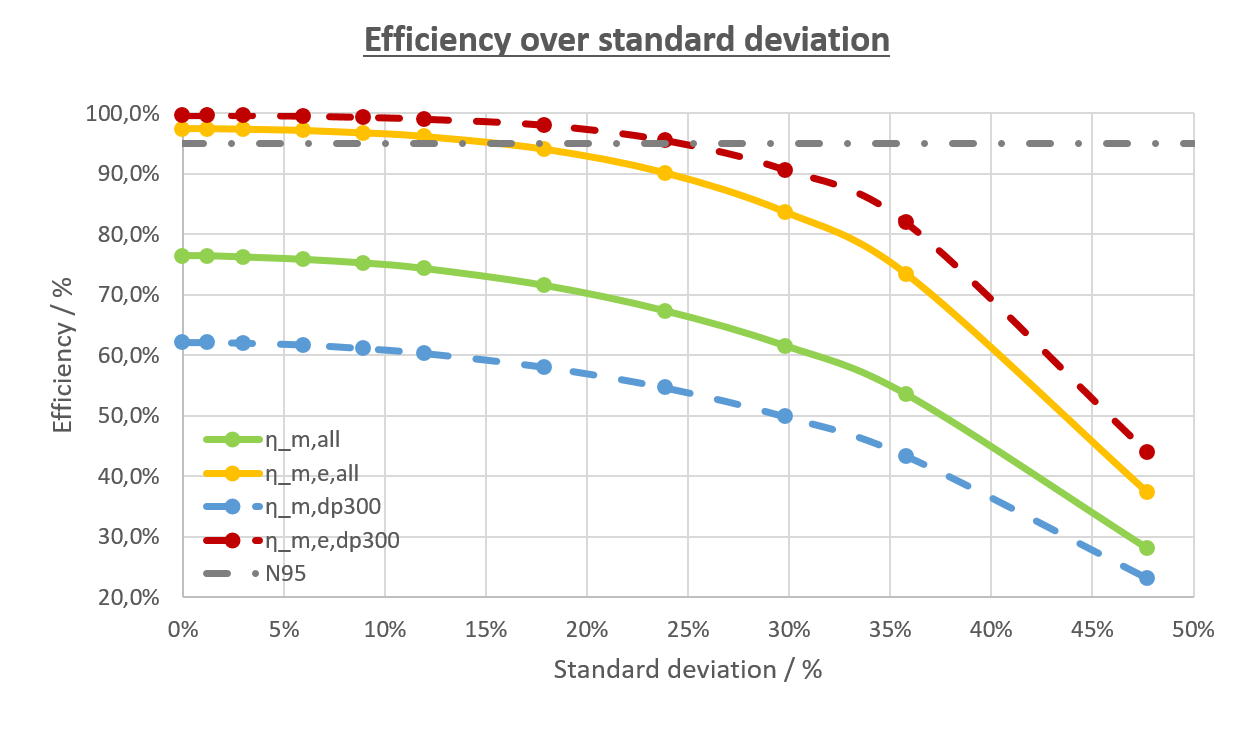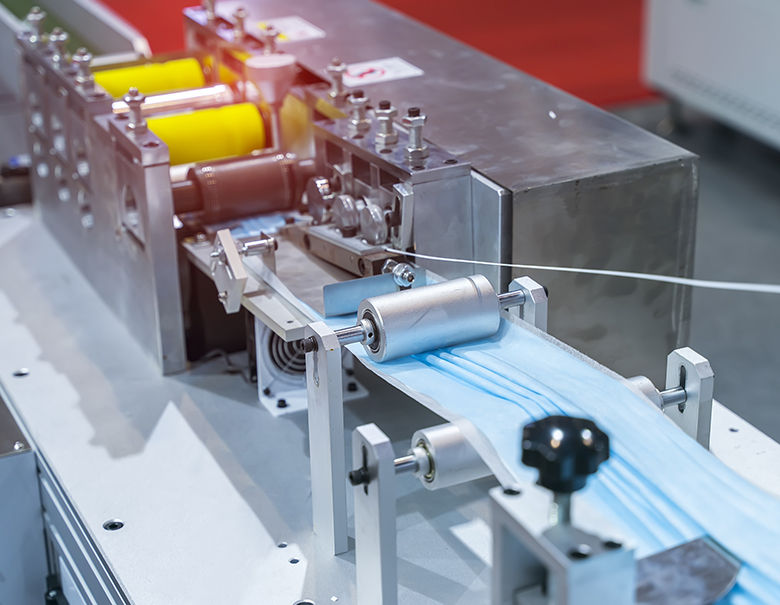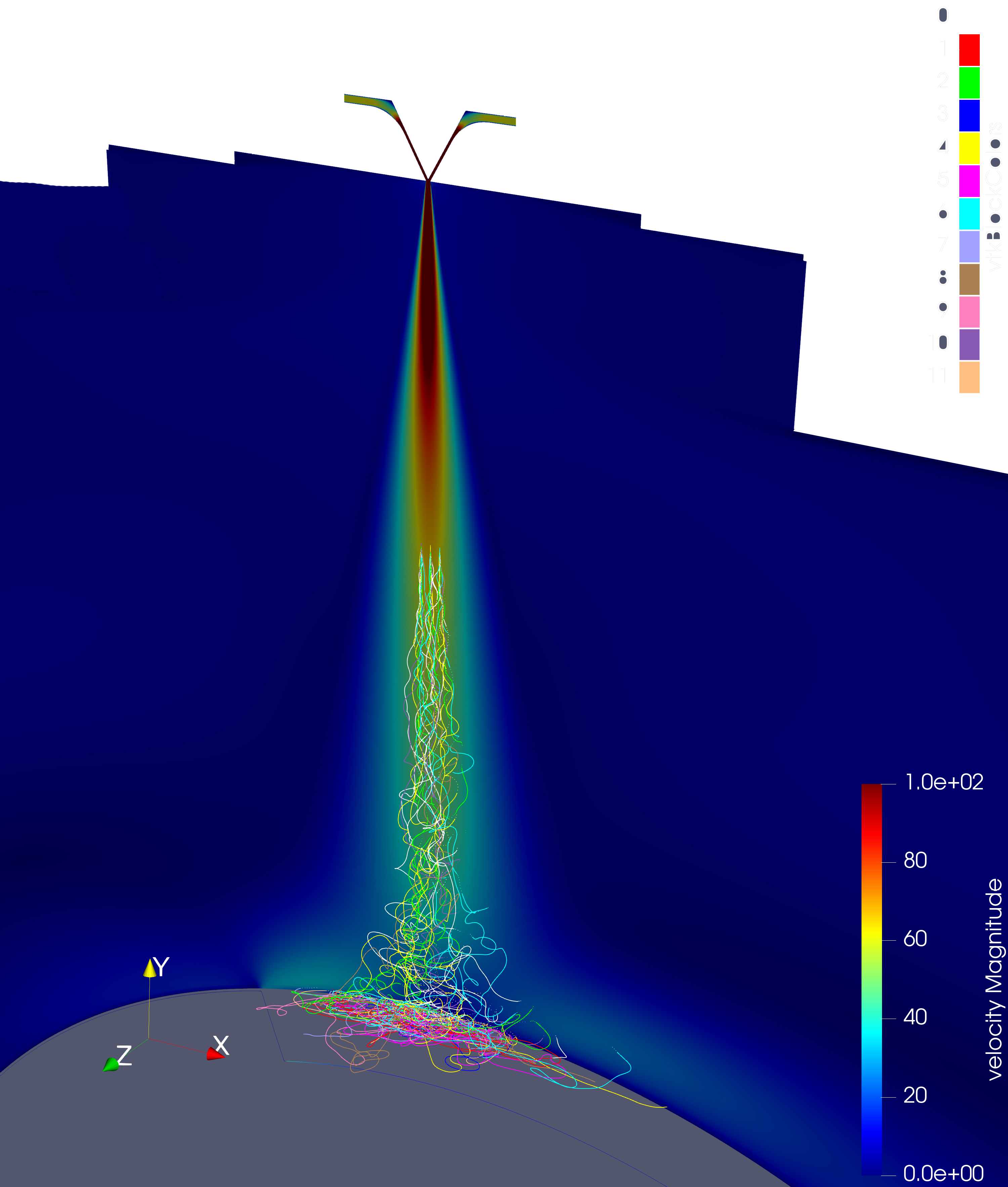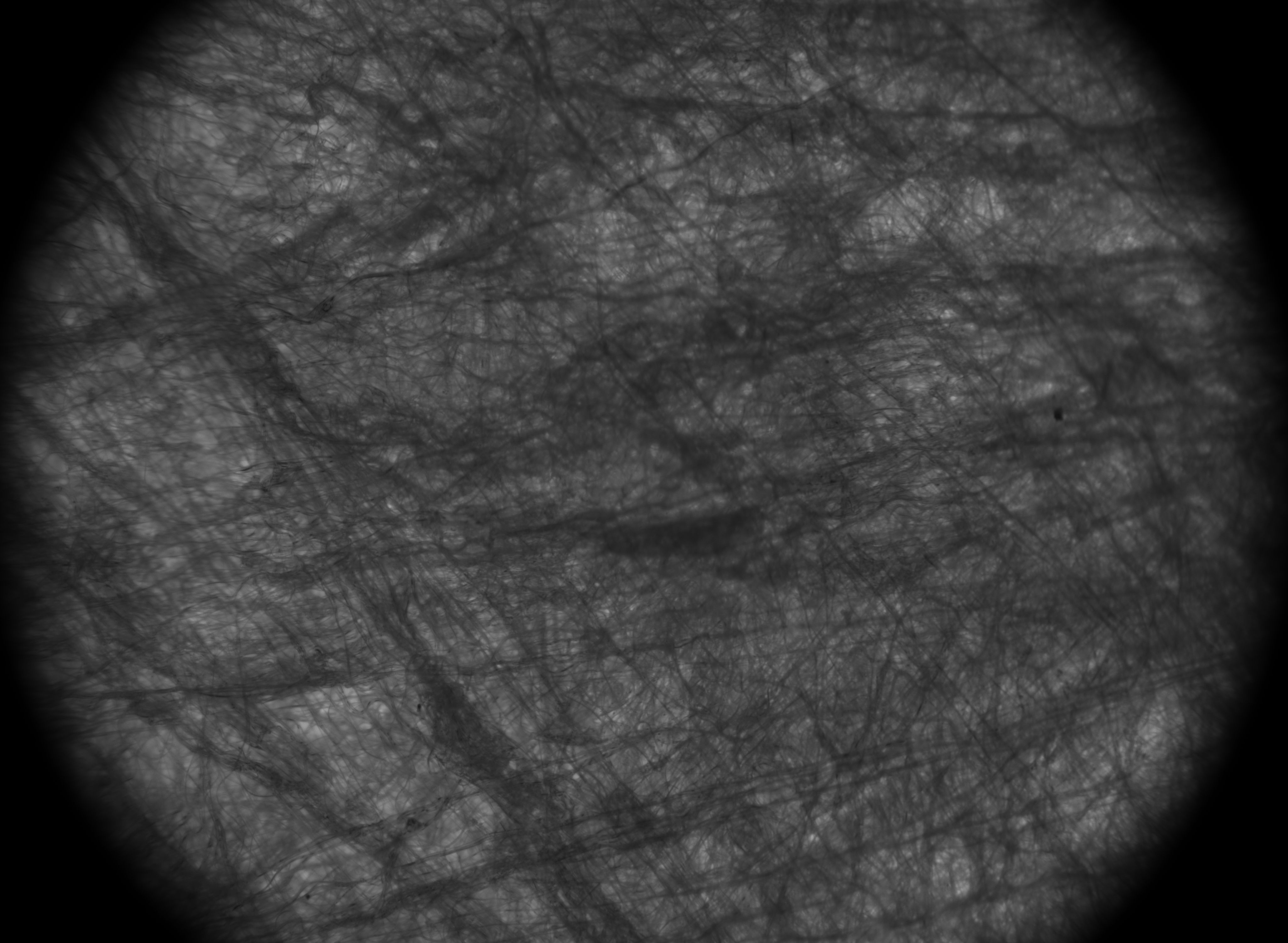Nonwoven production received more attention than ever before from the gen-eral public in Corona times, because the technical textile is crucial for infection protection. The ultra-fine nonwoven products are manufactured in so-called meltblown processes. A cross-departmental team at the Fraunhofer Institute for Industrial Mathematics ITWM in Kaiserslautern is optimizing the entire produc-tion chain in the »ProQuIV« project. Simulations help to guarantee the product quality of the filter material despite fluctuations in production.
»ProQuIV«: Improve Production and Quality of Infection Control Clothing
»ProQuIV«: Production and Quality Optimization of Nonwoven Infection Control Clothing
The abbreviation »ProQuIV« stands for »Production and Quality Optimization of Nonwoven Infection Protection Clothing«. This is because bottlenecks in the production of these materials were particularly evident at the beginning of the Covid 19 crisis. For the meltblown nonwovens, this optimization of the product quality is also particularly difficult because the textiles react very sensitively to fluctuations in the manufacturing processes and material impurities.
Digital Twin Keeps an Eye on the Big Picture
»Meltblown« is the name of the industrial manufacturing process whose ultra-fine fiber nonwovens are responsible for providing the crucial filtering function in face masks. In this process, the molten polymer is forced through nozzles into a forward-flowing, high-speed stream. It is stretched and cooled in a highly turbulent air flow.
The entire process of filter fleece production - from the polymer melt to the filter medium – represents a major challenge in the simulation. The »Flow and Materials Simulation« department keeps an eye on the big picture in the project, so that a completely integrated evaluation chain could be developed as a digital twin. Several key components were taken into account at the same time: Simulating the typical production processes of nonwovens, the formation of the fiber structures based on this, and then the material properties – in particular the filter efficiency here. This then allows the influences of the production process on the product properties to be quantitatively evaluated. In each of these individual areas, the Fraunhofer ITWM and its experts are internationally among the leading research groups.
Homogeneity of the Material – Fewer Clouds in the Simulation Sky
In the meltblown process, a key factor is the behavior of the filaments in the turbulent, hot and fast air flow. The filaments are strongly influenced in their properties by this air flow. The quality of the filaments – and thus in the end the nonwovens - is influenced by many factors. The team of the department »Transport Processes« at Fraunhofer ITWM has been working on the simulation of different processes concerning filaments, threads, and fibers for years. The project focuses on the so-called cloudiness, i.e. the non-uniformity with which the fibers are distributed in the nonwoven. Our experts are investigating the following question: How homogeneous is the fabric? Because the quality of the products can be greatly improved if we optimize such non-uniformities. The simulations help to find out how this can be done.
Objective Evaluation of the Homogeneity of Nonwovens
To quantify this cloudiness, the researchers also use appropriate image analysis techniques. The power spectrum plays a special role here. The cloudiness index, abbreviated CLI, describes the homogeneity complementary to local area weight and its variance. Katja Schalditz brings her expertise in image processing to the project. The CLI ensures a robust assessment of homogeneity and can thus be used as an objective measure for different material classes and imaging techniques. The frequencies used in the CLI calculation can be chosen in such a way that the CLI is meaningful for the respective application area.

Filtration: How Efficient Are the Filters?
For the upscaling to industrial processes such as mask production, the ITWM expertise in filters is also included in the project. The »Filtration and Separation« team led by Dr. Ralf Kirsch has been working for years on the mathematical modeling and simulation of various separation processes.
What is special about this project is that the efficiency of the filters is calculated for varying degrees of fluctuation in the fiber content of the filter fleece. This makes it possible to indicate up to which cloudiness level the required filter efficiency can be achieved at all. As a current example of this, you can see in the graphic the efficiency of a filter material for N95 masks as a function of the inhomogeneity of the nonwoven.
ITMW Methods Support Across the Entire Process Chain
In »ProQuIV«, digital twins and calculations from Fraunhofer ITWM support a holistic view and better understanding of the processes. The production of technical textiles thus not only becomes more efficient, but the nonwovens can be developed virtually without having to realize this in advance in a test facility. In this way, production capacities can be increased while maintaining or even increase the quality. Together with long-term partners from industry, the research can be put into practice quickly and efficiently.
Simulations save textile companies experiments, allow new insights, enable systematic parameter variations and solve upscaling problems that can otherwise lead to bad investments during the transition from laboratory plant to industrial plant. However, virtual implementation of nonwoven production also opens up new opportunities for optimization at other levels. For example, acoustic insulating nonwovens or even hygiene nonwovens can also be optimized in terms of their product quality precisely with regard to the material properties to be achieved – while taking into account the process fluctuations that occur.
Project Duration and Funding
The project is part of the Fraunhofer-Gesellschaft's »Fraunhofer versus Corona« program and was completed in April 2021. The results will flow into several follow-up projects with the nonwovens industry.


